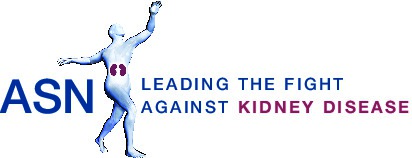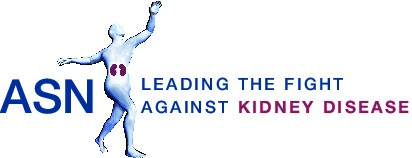
Certain characteristics may increase patients’ risk for needing emergency care
Highlights
• Risk factors for emergency department visits included younger age, females, black and Hispanic race/ethnicity, public insurance, depression, diabetes, peripheral vascular disease, and use of emergency departments prior to transplantation.
Nearly 17,000 patients receive kidney transplants each year in the United States.
More than half of kidney transplant recipients will visit an emergency department in the first 2 years after transplantation, according to a study appearing in an upcoming issue of the Clinical Journal of the American Society of Nephrology (CJASN). The findings indicate that efforts are needed to coordinate care for this vulnerable patient population.
Little information is available on the incidence and risk factors associated with emergency department visits among kidney transplant recipients. In their efforts to investigate the issue, Jesse Schold, PhD (Cleveland Clinic) and his colleagues identified 10,533 kidney transplant recipients from California, New York, and Florida between 2009 and 2012.
Among the major findings:
• The cumulative incidence of emergency department visits at 1, 12, and 24 months was 12%, 40% and 57%, respectively, with a median time of 19 months.
• 48% of emergency department visits led to hospital admission.
• Risk factors for emergency department visits included younger age, females, black and Hispanic race/ethnicity, public insurance, depression, diabetes, peripheral vascular disease, and use of emergency departments prior to transplantation.
• There was wide variation in visits by individual transplant center.
“These data provide fundamental baseline information concerning the scope and factors of emergency department visits and potential interventions and target populations for future study,” said Dr. Schold. “It is crucially important that emergency department clinicians are cognizant of the specific issues pertinent to transplant recipients given unique medical issues. Moving forward, tailored interventions, particularly to patients and institutions with high rates of emergency department visits following discharge may be important.”
In an accompanying editorial, Lorien Dalrymple, MD, MPH, and Patrick Romano, MD, MPH (University of California at Davis) note that the study “is important as it extends prior findings that were limited to single centers and addresses an understudied topic.” They add that the findings suggest numerous areas for future research—for example, reasons for kidney recipients’ hospital admissions, potential disparities in access to care, and rates of repeat emergency department visits.
Study co-authors include Nissreen Elfadawy, MD, Laura Buccini, DrPH, MS, David Goldfarb, MD, Stuart Flechner, MD, Michael Phelan, MD, and Emilio Poggio, MD.
Disclosures: The authors reported no financial disclosures.
The article, entitled “Emergency Department Visits Following Kidney Transplantation,” will appear online at http://cjasn.asnjournals.org/ on March 24, 2016, doi: 10.2215/CJN.07950715.
The editorial, entitled “Emergency Department Visits by Kidney Transplant Recipients,” will appear online at http://cjasn.asnjournals.org/ on March 24, 2016.
The content of this article does not reflect the views or opinions of The American Society of Nephrology (ASN). Responsibility for the information and views expressed therein lies entirely with the author(s). ASN does not offer medical advice. All content in ASN publications is for informational purposes only, and is not intended to cover all possible uses, directions, precautions, drug interactions, or adverse effects. This content should not be used during a medical emergency or for the diagnosis or treatment of any medical condition. Please consult your doctor or other qualified health care provider if you have any questions about a medical condition, or before taking any drug, changing your diet or commencing or discontinuing any course of treatment. Do not ignore or delay obtaining professional medical advice because of information accessed through ASN. Call 911 or your doctor for all medical emergencies.
Founded in 1966, and with nearly 16,000 members, the American Society of Nephrology (ASN) leads the fight against kidney disease by educating health professionals, sharing new knowledge, advancing research, and advocating the highest quality care for patients.
# # #





